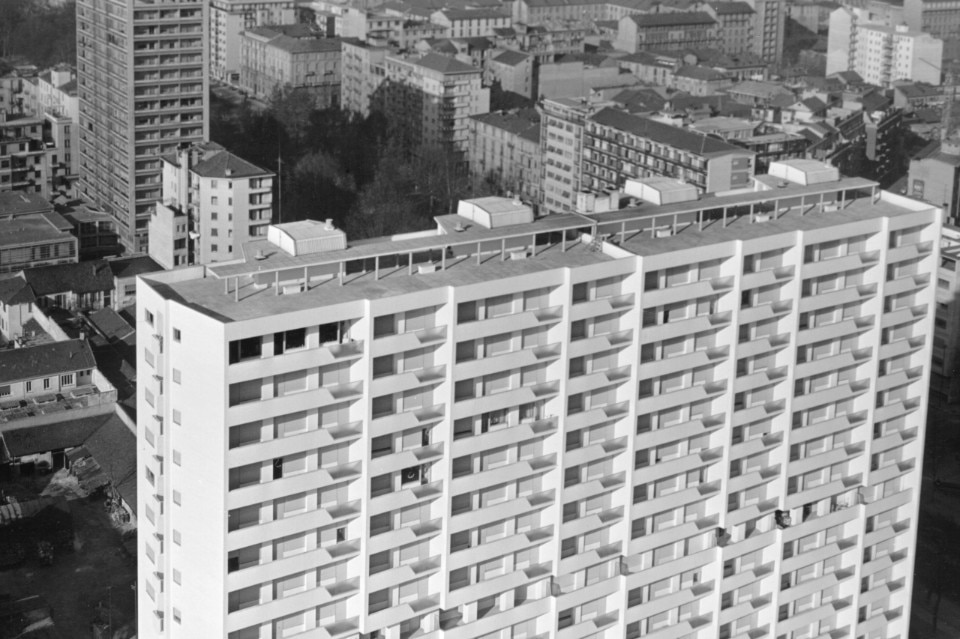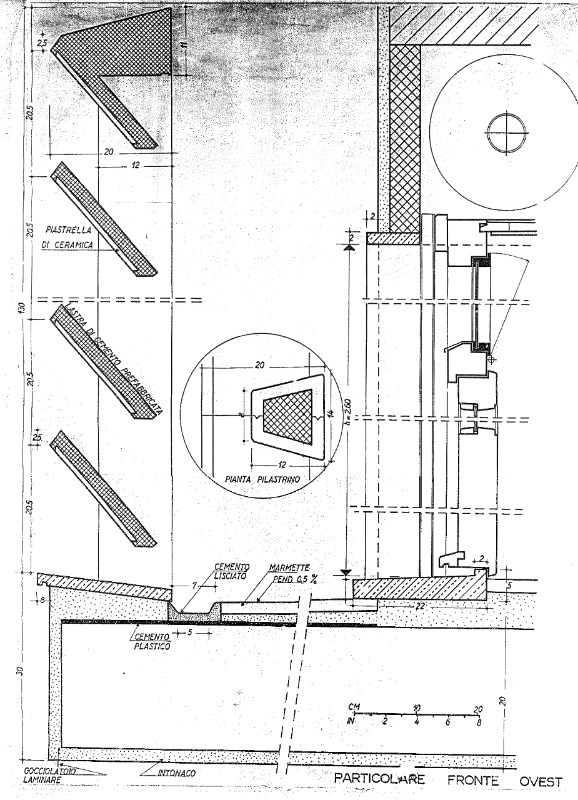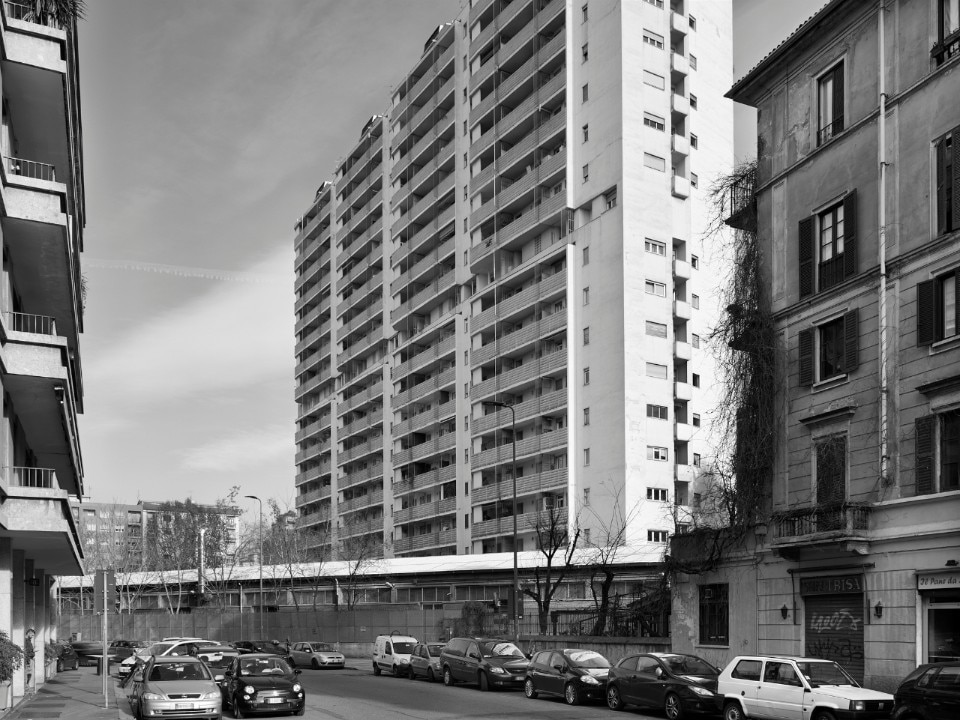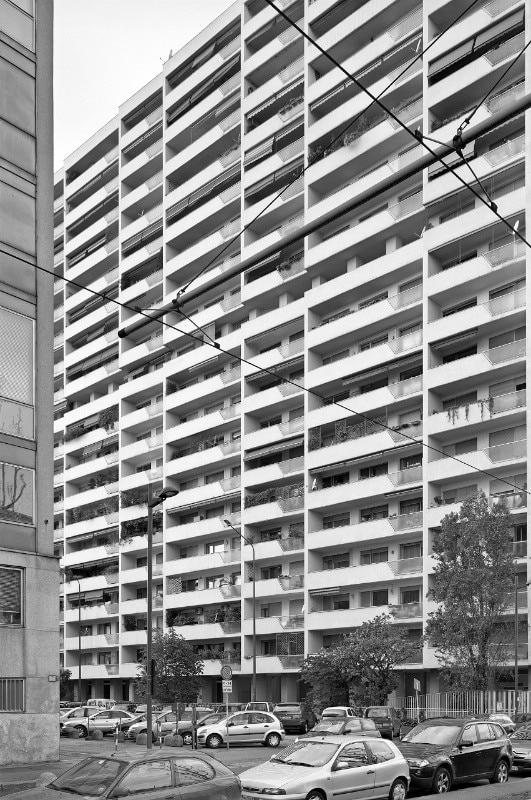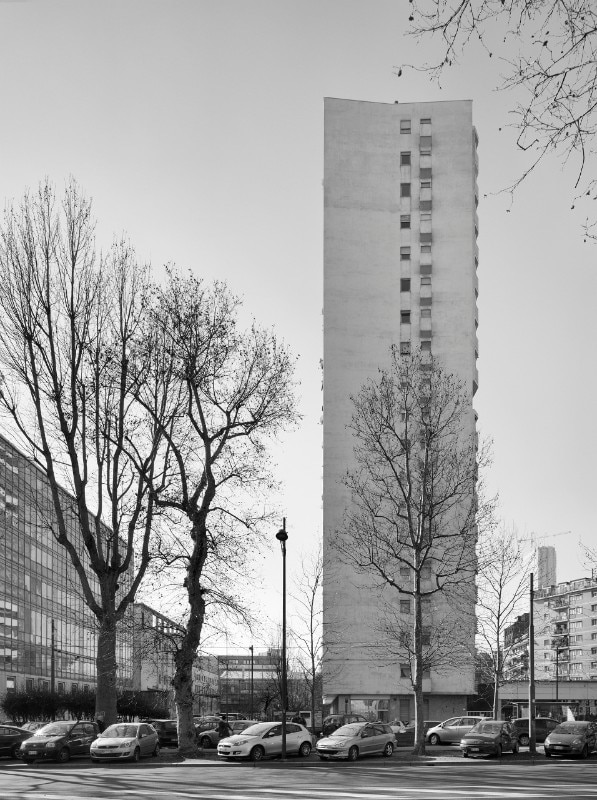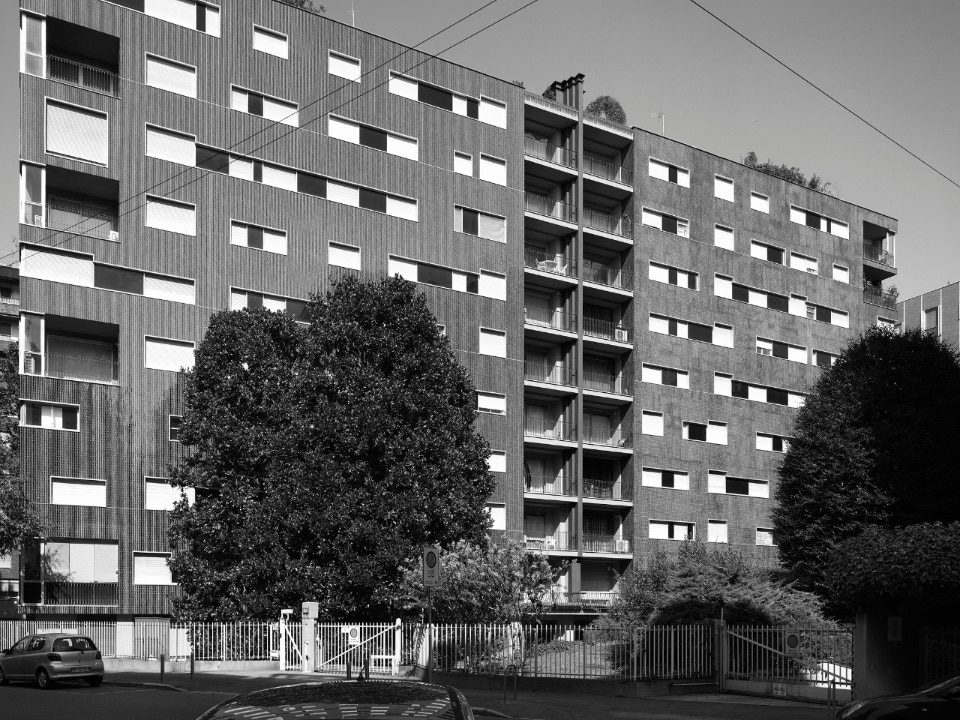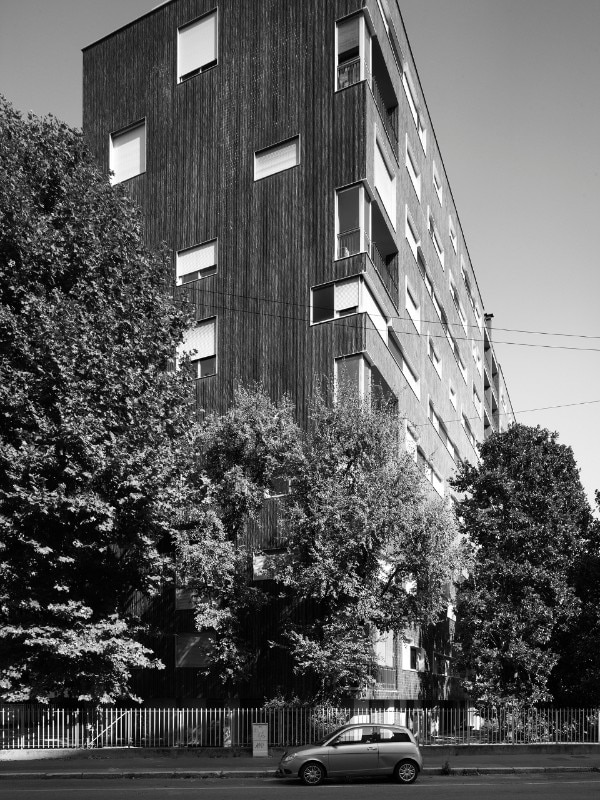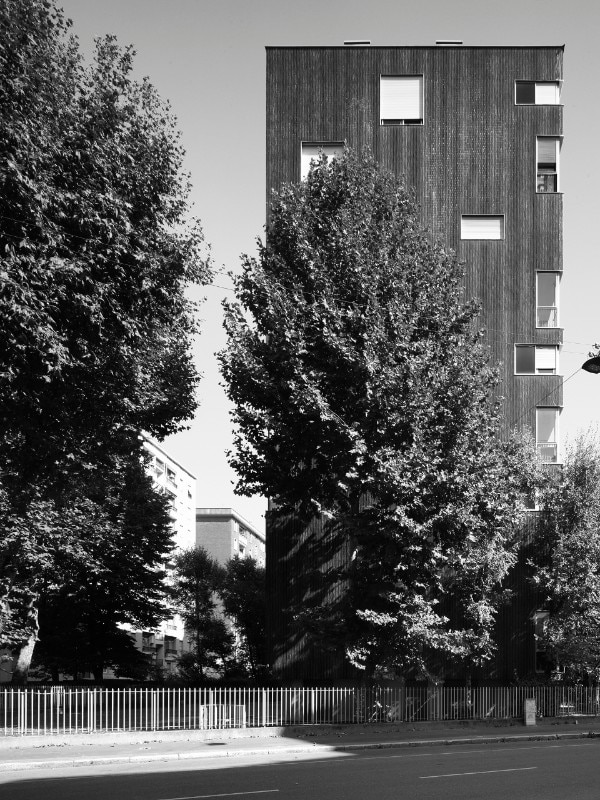It was to be expected that generous measures such as the 90% Bonus for façades (Bonus facciate 90%) – for “interventions aimed at recovering or restoring the external façade of existing buildings” – and the 110% Superbonus (Superbonus 110%) – designed to “encourage energy efficiency and anti-seismic interventions” – would significantly stimulate maintenance and renovation work on buildings. For those unfamiliar with Italian taxation, the numbers indicate the part the cost of the work that clients can deduct from their taxes, give to third parties or have deducted from their invoices, depending on the particular case.
We won’t deal here with the economic and financial aspects of the bonuses, which have been criticised from the outset for the huge amount of resources that are being allocated and for the logic of indiscriminate, all-round, financial hand-outs. Rather, more than one year after their introduction in this specific form, it is possible – and indeed necessary – to reflect, from an architectural point of view, on their contradictory effects on the building stock and urban landscapes.
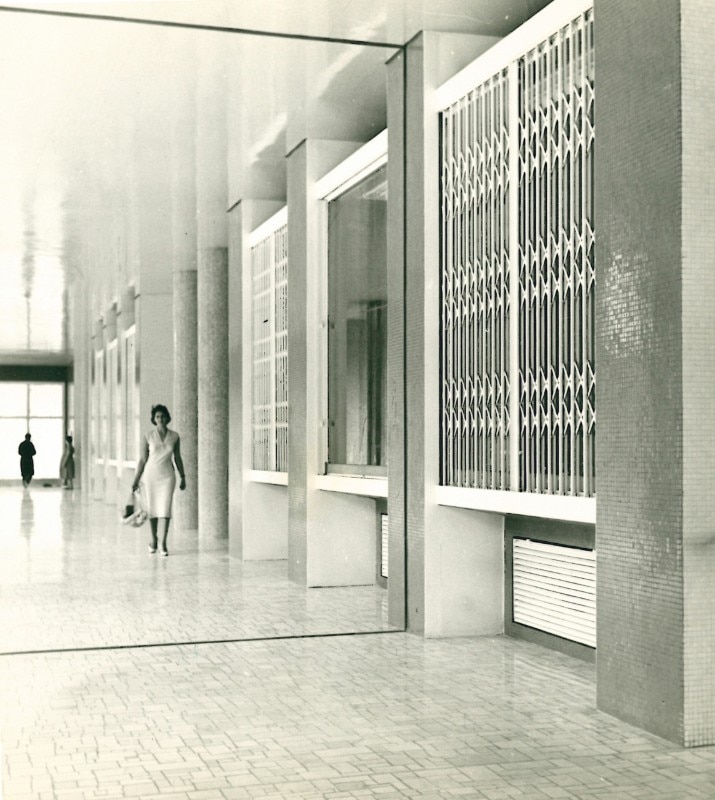
The unprecedented multiplication of scaffolding poles and tarpaulins is on the whole harmless, not least because they are temporary. It is a phenomenon that in a city like Milan is easily noticeable and should be quantified precisely. Entire streets and blocks have been Christo-ed in an incremental process, devoid of artistic intention but with a definite visual impact.
That said, it is when the building sites are dismantled that the issue becomes more problematic. First of all, because the city of bonuses is a two-speed city – and forgive this overused metaphor. Considering only the residential sector, which they are primarily directed at, the feeling is that the promise of saving money is irresistible for the wealthiest and most well-administered residential buildings, which do not hesitate to embark en masse on their “ecological transition” and, en passant, even clean up stucco, mouldings and wrought iron, which are not exactly falling apart.
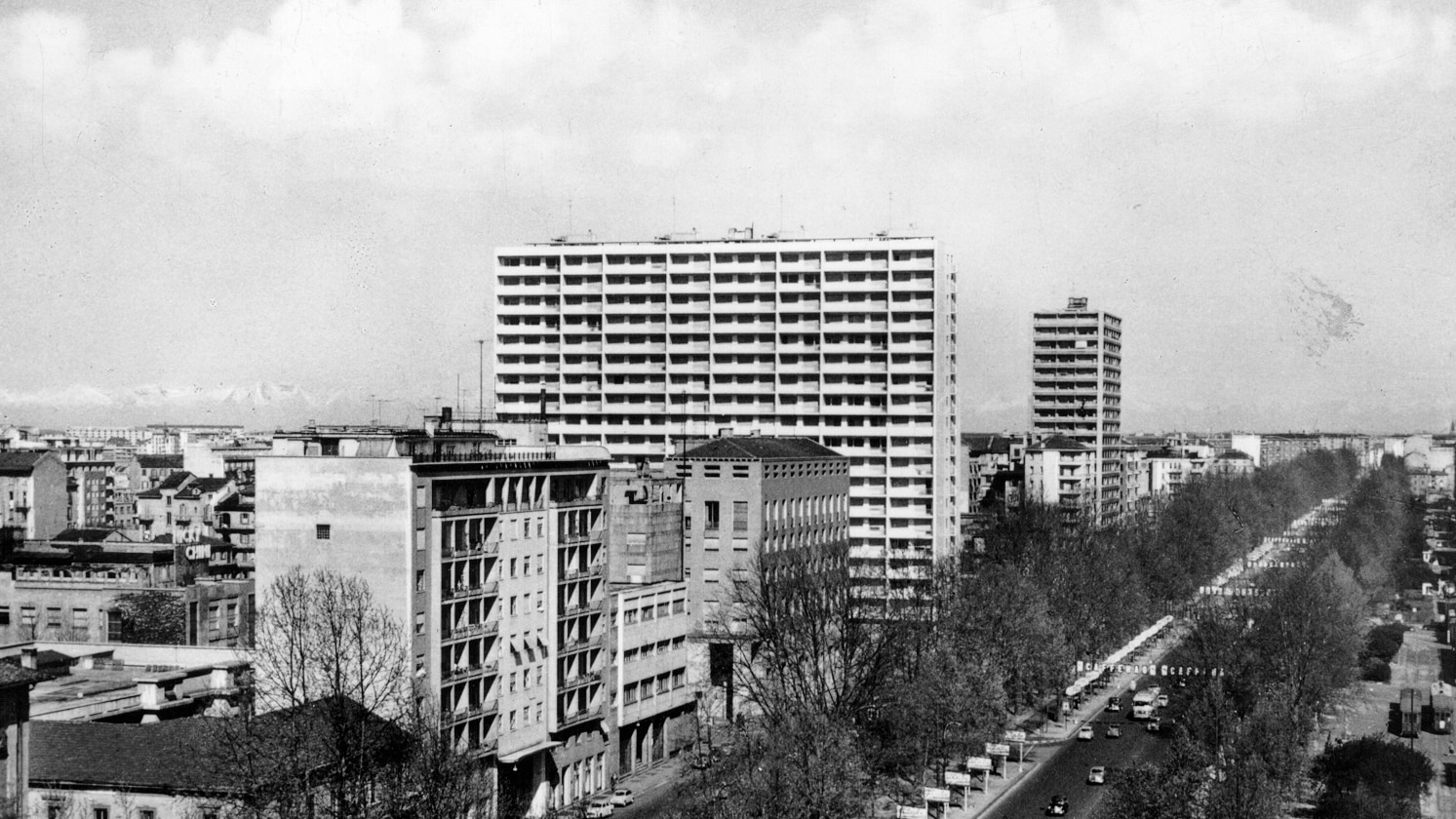
 View gallery
View gallery
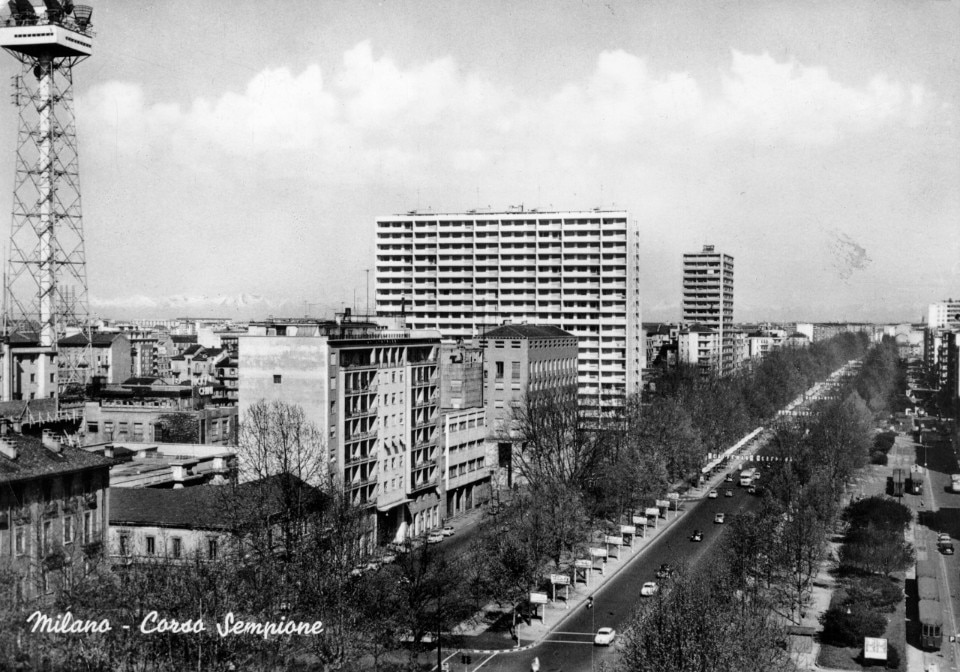
Palazzo INA
Piero Bottoni, Corso Sempione 33, Milan, 1953-58
Courtesy Archivio Piero Bottoni, Dastu, Politecnico di Milano
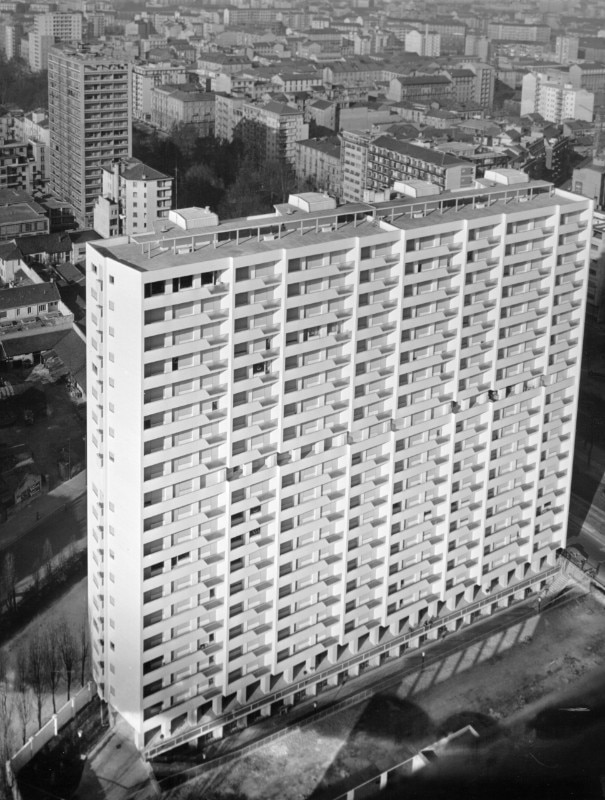
Palazzo INA
Piero Bottoni, Corso Sempione 33, Milan, 1953-58
Courtesy Archivio Piero Bottoni, Dastu, Politecnico di Milano
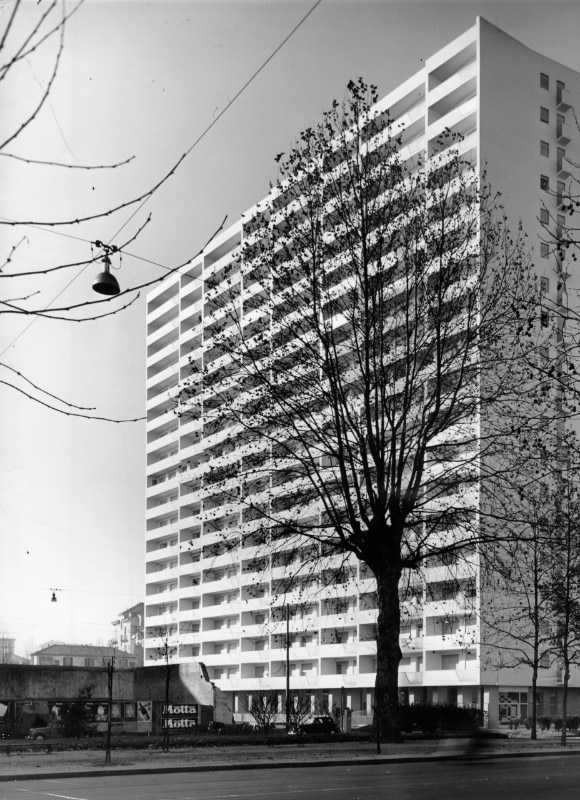
Palazzo INA
Piero Bottoni, Corso Sempione 33, Milan, 1953-58
Courtesy Archivio Piero Bottoni, Dastu, Politecnico di Milano
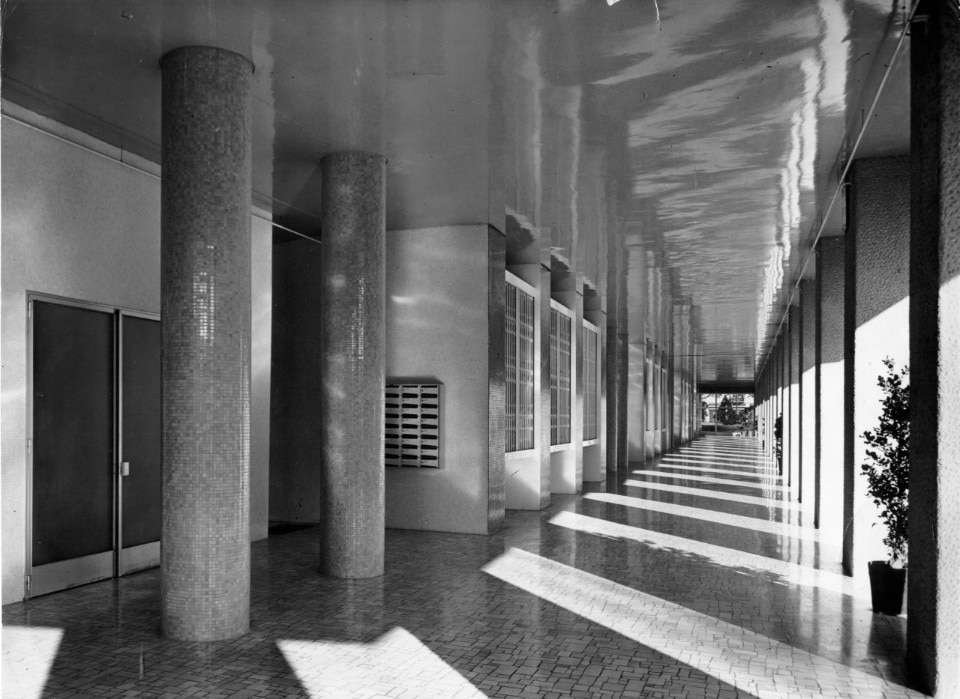
Palazzo INA
Piero Bottoni, Corso Sempione 33, Milan, 1953-58
Courtesy Archivio Piero Bottoni, Dastu, Politecnico di Milano
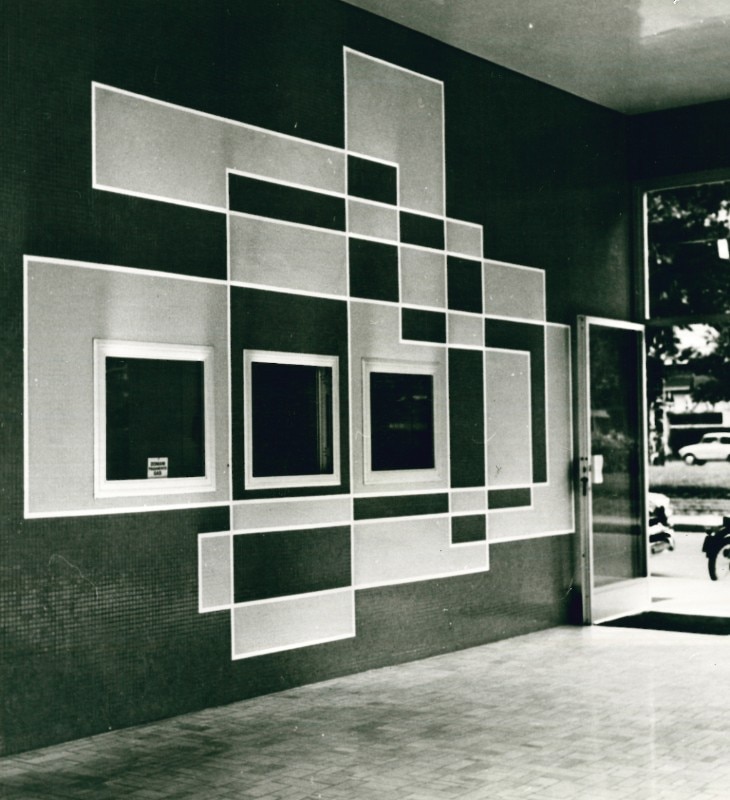
Palazzo INA
Piero Bottoni, Corso Sempione 33, Milan, 1953-58
Courtesy Archivio Piero Bottoni, Dastu, Politecnico di Milano
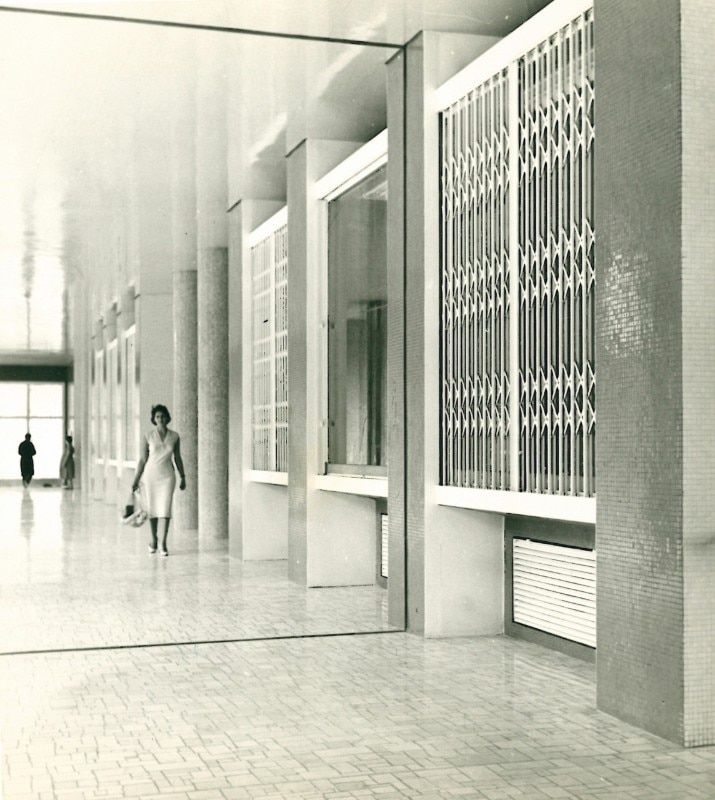
Palazzo INA
Piero Bottoni, Corso Sempione 33, Milan, 1953-58
Courtesy Archivio Piero Bottoni, Dastu, Politecnico di Milano
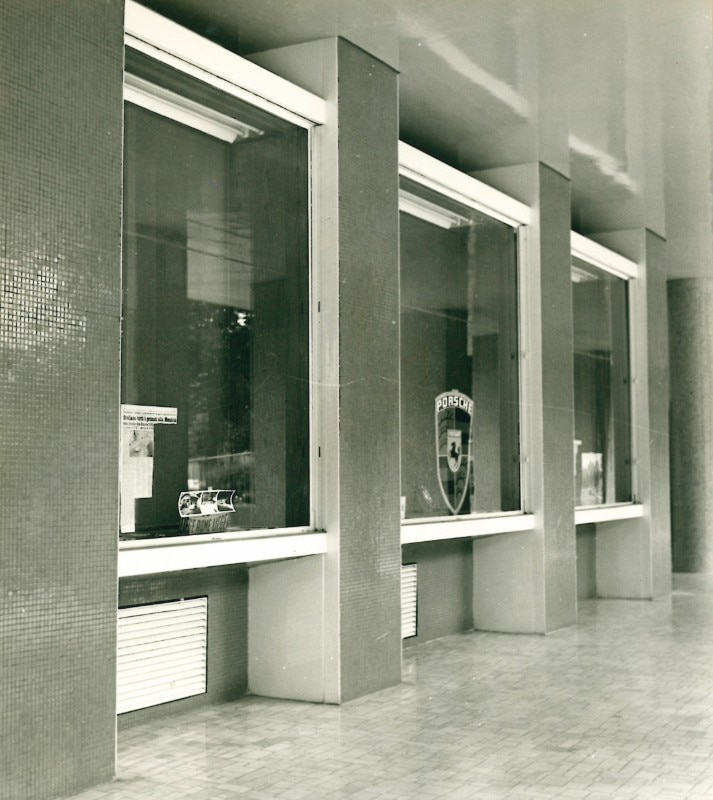
Palazzo INA
Piero Bottoni, Corso Sempione 33, Milan, 1953-58
Courtesy Archivio Piero Bottoni, Dastu, Politecnico di Milano
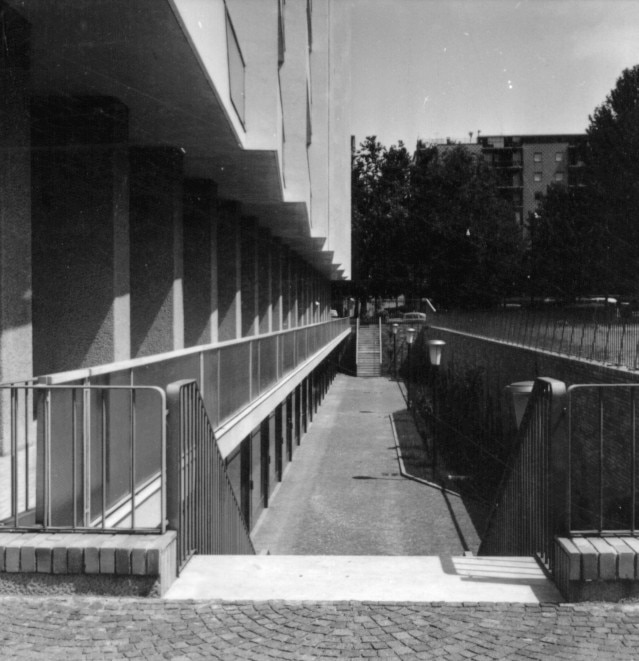
Palazzo INA
Piero Bottoni, Corso Sempione 33, Milan, 1953-58
Courtesy Archivio Piero Bottoni, Dastu, Politecnico di Milano
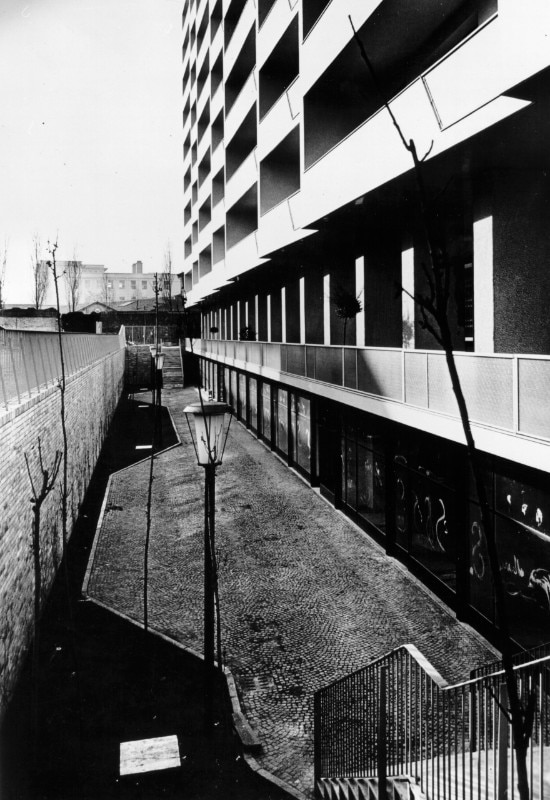
Palazzo INA
Piero Bottoni, Corso Sempione 33, Milan, 1953-58
Courtesy Archivio Piero Bottoni, Dastu, Politecnico di Milano
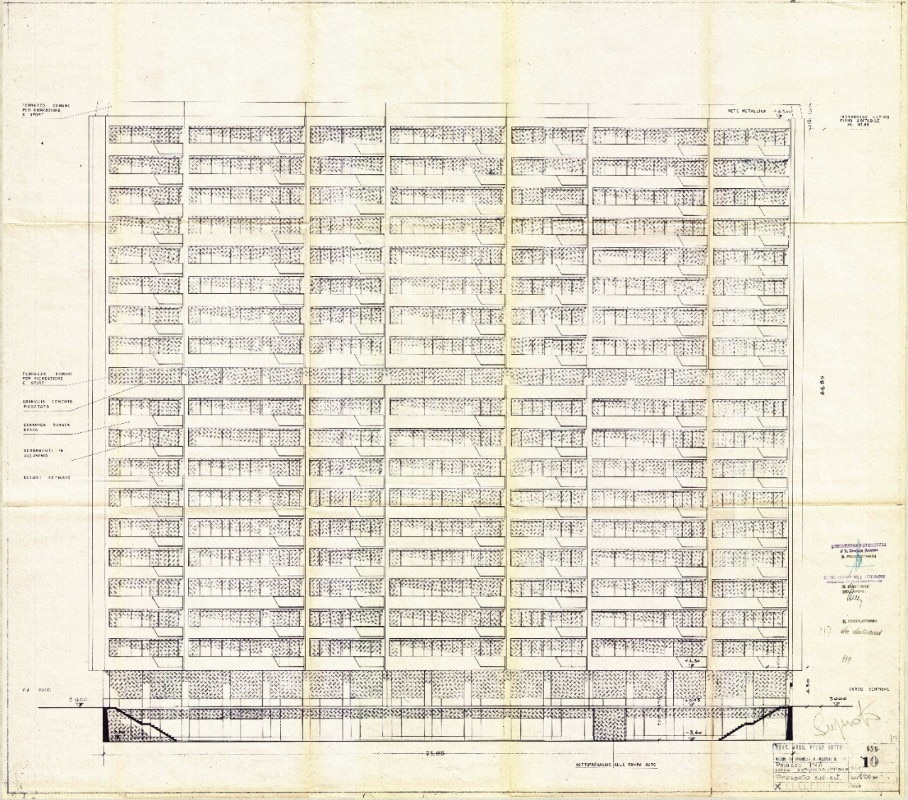
Palazzo INA
Piero Bottoni, Corso Sempione 33, Milan, 1953-58
Courtesy Archivio Piero Bottoni, Dastu, Politecnico di Milano
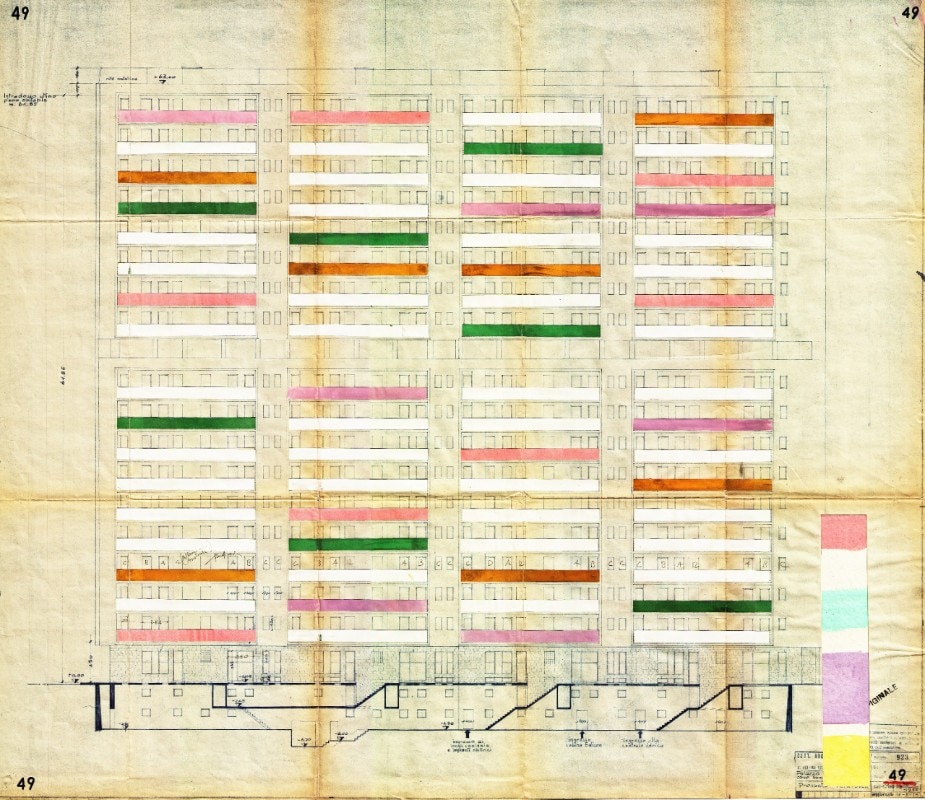
Palazzo INA
Piero Bottoni, Corso Sempione 33, Milan, 1953-58
Courtesy Archivio Piero Bottoni, Dastu, Politecnico di Milano
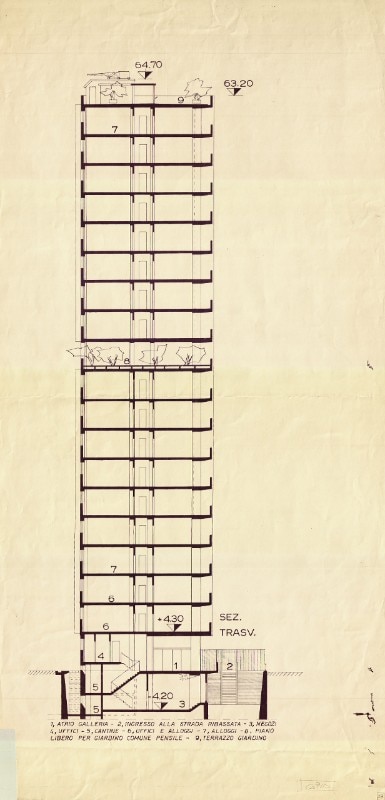
Palazzo INA
Piero Bottoni, Corso Sempione 33, Milan, 1953-58
Courtesy Archivio Piero Bottoni, Dastu, Politecnico di Milano

Palazzo INA
Piero Bottoni, Corso Sempione 33, Milan, 1953-58
Courtesy Archivio Piero Bottoni, Dastu, Politecnico di Milano
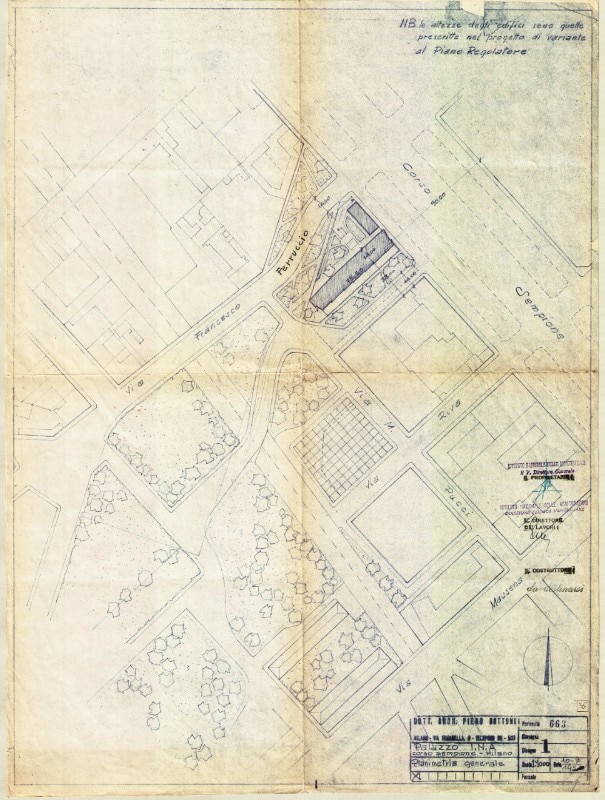
Palazzo INA
Piero Bottoni, Corso Sempione 33, Milan, 1953-58
Courtesy Archivio Piero Bottoni, Dastu, Politecnico di Milano
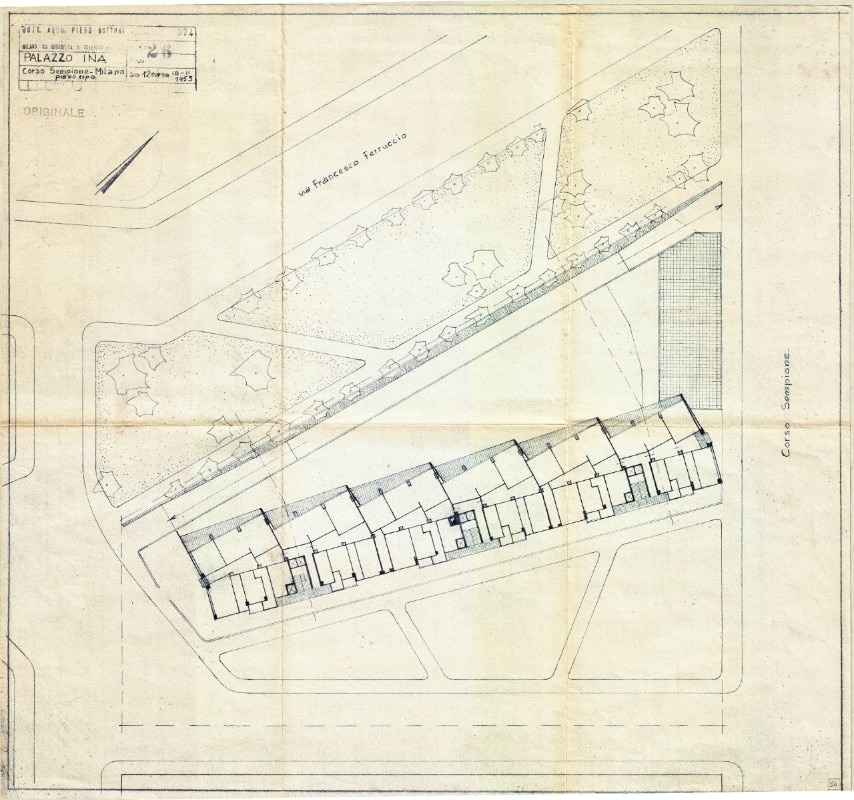
Palazzo INA
Piero Bottoni, Corso Sempione 33, Milan, 1953-58
Courtesy Archivio Piero Bottoni, Dastu, Politecnico di Milano
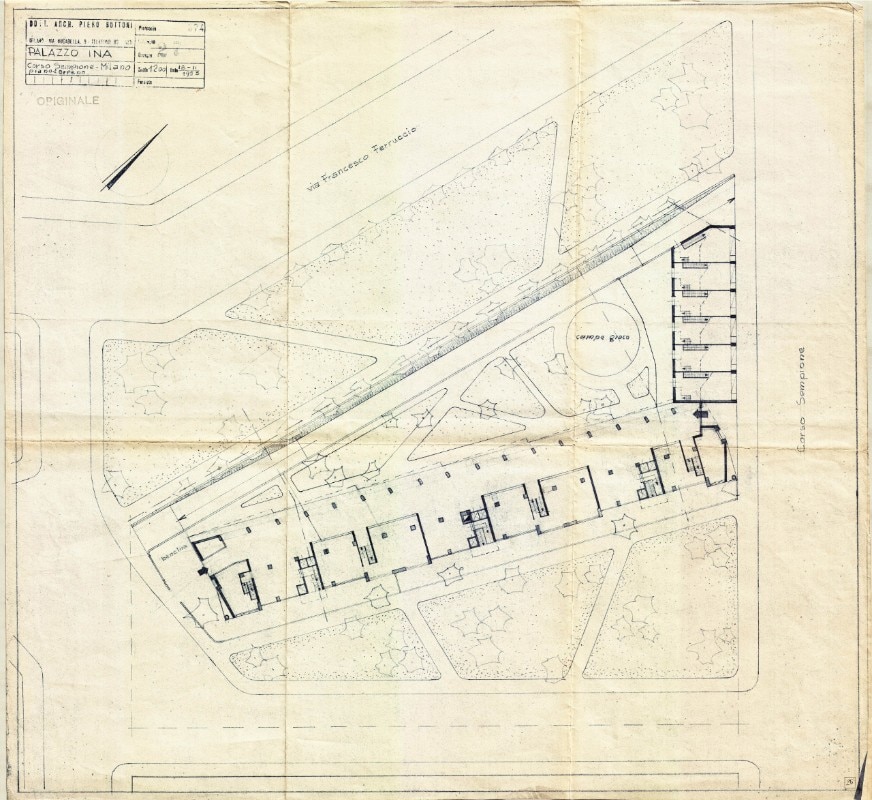
Palazzo INA
Piero Bottoni, Corso Sempione 33, Milan, 1953-58
Courtesy Archivio Piero Bottoni, Dastu, Politecnico di Milano

Palazzo INA
Piero Bottoni, Corso Sempione 33, Milan, 1953-58
Courtesy Archivio Piero Bottoni, Dastu, Politecnico di Milano
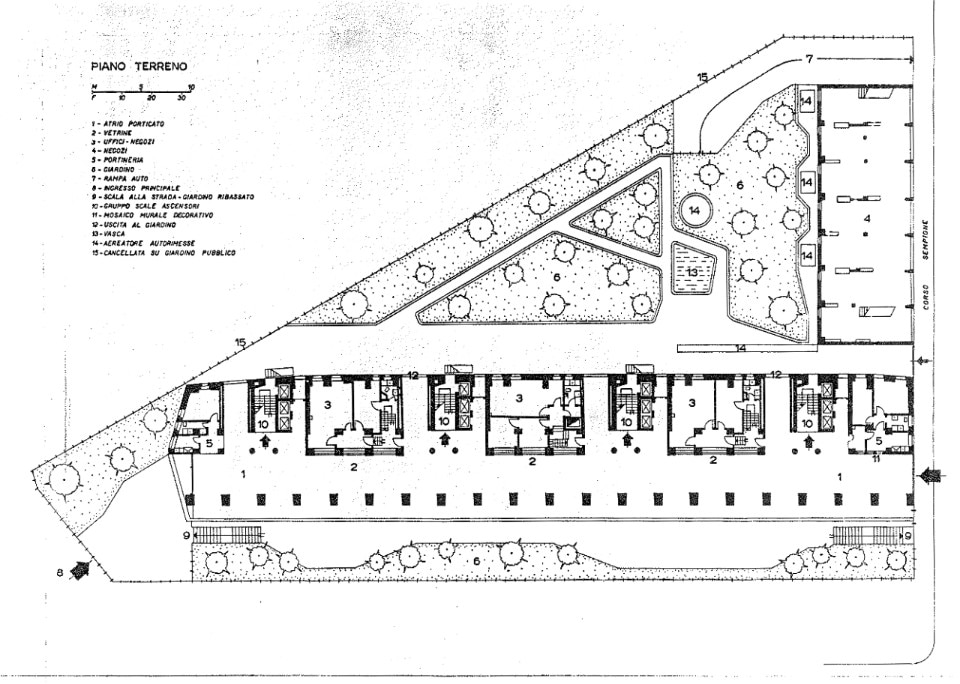
Palazzo INA
Piero Bottoni, Corso Sempione 33, Milan, 1953-58
Courtesy Archivio Piero Bottoni, Dastu, Politecnico di Milano
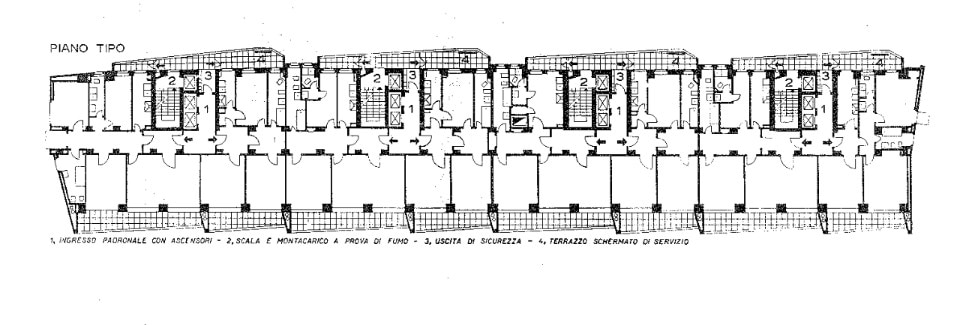
Palazzo INA
Piero Bottoni, Corso Sempione 33, Milan, 1953-58
Courtesy Archivio Piero Bottoni, Dastu, Politecnico di Milano
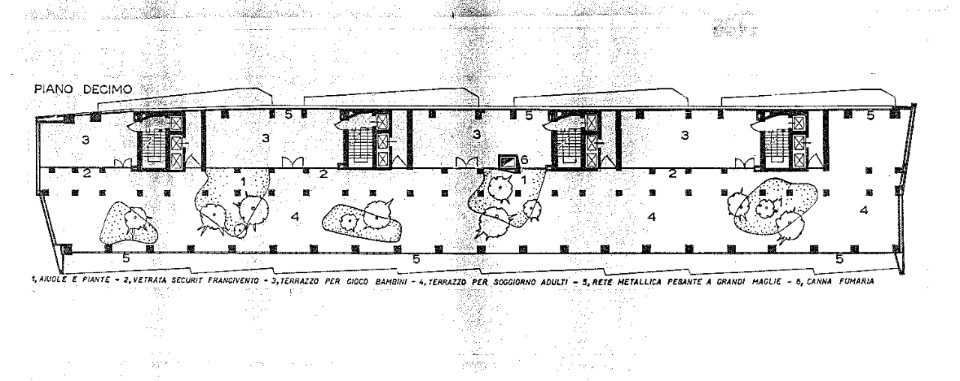
Palazzo INA
Piero Bottoni, Corso Sempione 33, Milan, 1953-58
Courtesy Archivio Piero Bottoni, Dastu, Politecnico di Milano
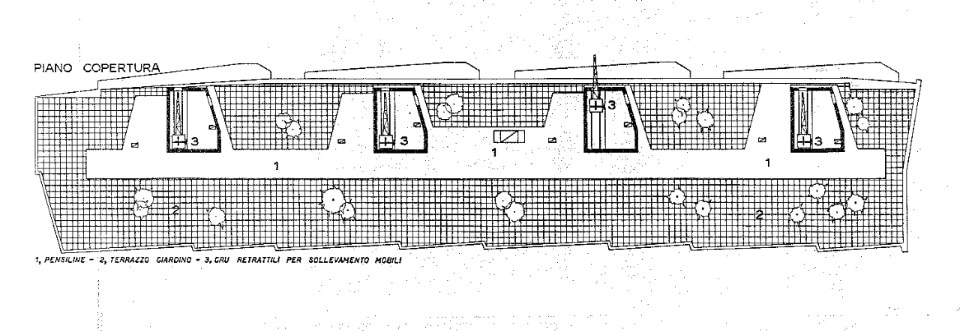
Palazzo INA
Piero Bottoni, Corso Sempione 33, Milan, 1953-58
Courtesy Archivio Piero Bottoni, Dastu, Politecnico di Milano

Palazzo INA
Piero Bottoni, Corso Sempione 33, Milan, 1953-58
Courtesy Archivio Piero Bottoni, Dastu, Politecnico di Milano

Palazzo INA
Piero Bottoni, Corso Sempione 33, Milan, 1953-58
Courtesy Archivio Piero Bottoni, Dastu, Politecnico di Milano

Palazzo INA
Piero Bottoni, Corso Sempione 33, Milan, 1953-58
Courtesy Archivio Piero Bottoni, Dastu, Politecnico di Milano

Palazzo INA
Piero Bottoni, Corso Sempione 33, Milan, 1953-58
Courtesy Archivio Piero Bottoni, Dastu, Politecnico di Milano

Palazzo INA
Piero Bottoni, Corso Sempione 33, Milan, 1953-58
Courtesy Archivio Piero Bottoni, Dastu, Politecnico di Milano

Palazzo INA
Piero Bottoni, Corso Sempione 33, Milan, 1953-58
Courtesy Archivio Piero Bottoni, Dastu, Politecnico di Milano

Palazzo INA
Piero Bottoni, Corso Sempione 33, Milan, 1953-58
Courtesy Archivio Piero Bottoni, Dastu, Politecnico di Milano

Palazzo INA
Piero Bottoni, Corso Sempione 33, Milan, 1953-58
Courtesy Archivio Piero Bottoni, Dastu, Politecnico di Milano

Palazzo INA
Piero Bottoni, Corso Sempione 33, Milan, 1953-58
Courtesy Archivio Piero Bottoni, Dastu, Politecnico di Milano

Palazzo INA
Piero Bottoni, Corso Sempione 33, Milan, 1953-58
Courtesy Archivio Piero Bottoni, Dastu, Politecnico di Milano

Palazzo INA
Piero Bottoni, Corso Sempione 33, Milan, 1953-58
Courtesy Archivio Piero Bottoni, Dastu, Politecnico di Milano

Palazzo INA
Piero Bottoni, Corso Sempione 33, Milan, 1953-58
Courtesy Archivio Piero Bottoni, Dastu, Politecnico di Milano

Palazzo INA
Piero Bottoni, Corso Sempione 33, Milan, 1953-58
Courtesy Archivio Piero Bottoni, Dastu, Politecnico di Milano

Palazzo INA
Piero Bottoni, Corso Sempione 33, Milan, 1953-58
Courtesy Archivio Piero Bottoni, Dastu, Politecnico di Milano

Palazzo INA
Piero Bottoni, Corso Sempione 33, Milan, 1953-58
Courtesy Archivio Piero Bottoni, Dastu, Politecnico di Milano

Palazzo INA
Piero Bottoni, Corso Sempione 33, Milan, 1953-58
Courtesy Archivio Piero Bottoni, Dastu, Politecnico di Milano

Palazzo INA
Piero Bottoni, Corso Sempione 33, Milan, 1953-58
Courtesy Archivio Piero Bottoni, Dastu, Politecnico di Milano

Palazzo INA
Piero Bottoni, Corso Sempione 33, Milan, 1953-58
Courtesy Archivio Piero Bottoni, Dastu, Politecnico di Milano

Palazzo INA
Piero Bottoni, Corso Sempione 33, Milan, 1953-58
Courtesy Archivio Piero Bottoni, Dastu, Politecnico di Milano

Palazzo INA
Piero Bottoni, Corso Sempione 33, Milan, 1953-58
Courtesy Archivio Piero Bottoni, Dastu, Politecnico di Milano

Palazzo INA
Piero Bottoni, Corso Sempione 33, Milan, 1953-58
Courtesy Archivio Piero Bottoni, Dastu, Politecnico di Milano
The dream, though, often remains inaccessible to less privileged and dustier apartment buildings, which lack start-up capital and have a more complex and conflictual internal management. An empirical observation – which it would be nice to see disproved by official data – paints a picture of a city where bonuses increase, rather than reduce, the maintenance gap between middle and working-class neighbourhoods.
Shifting the focus to the scale of the single building, we can see another disparity, between façades facing the street covered by the bonus and their interiors, not included. The polished public façade is in stark contrast to the seedier private one. At a more fundamental level, building volumes are being subjected to a sort of almost Koolhaasian lobotomy, with the uniformity of the refurbished shells no longer representing, indeed concealing, the variety of material and social conditions contained within.
Finally, recent events have brought to light another – not insignificant – issue. The Superbonus can be a dangerous threat to the process of safeguarding modern architecture. The residential buildings constructed between the 1950s and 1960s, designed by more or less famous architects, make up, as a whole, a heritage of very high quality, especially in some cities – first and foremost in Milan, but also in Turin and, on a minor scale, in Rome and Naples. For the most part, these are buildings still in full use, whose architectural value is appreciated by specialists but rarely by the general public, and above all these buildings have no legal protection.
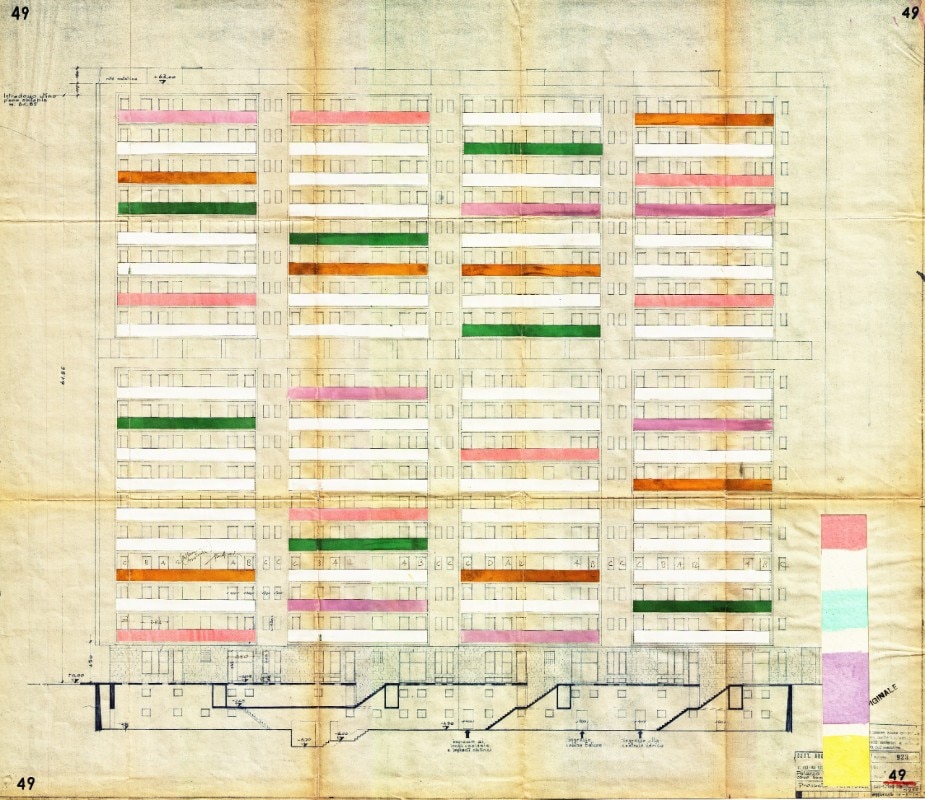
All the ingredients are there for the perfect storm to break out, ready to hit one of their most valuable parts: the façades, with their precious textures of mosaics, ceramics, clinker, bricks and exposed concrete – materials that for various reasons have almost been forgotten by contemporary construction in all market segments – making up an extraordinary urban landscape in terms of the richness and variety of its colours, textures and contrasts of light and shadow. The indiscriminate use of whitewash and external insulation is in danger of wiping the slate clean.
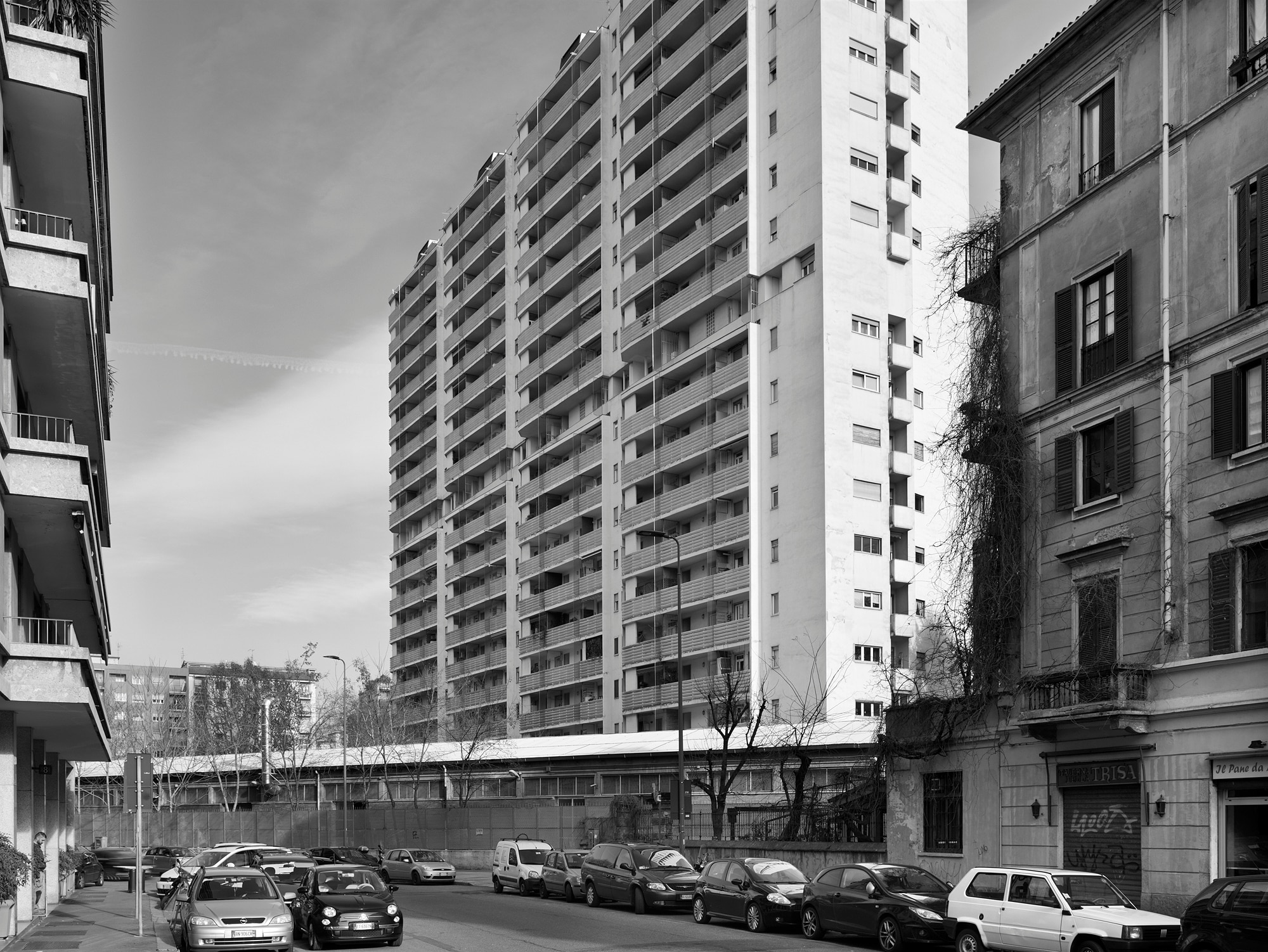
 View gallery
View gallery
After the destruction of the clinkers covering Luigi Caccia Dominioni’s Via Nievo Apartment Building in Milan (1955-1957) passed virtually unnoticed, a group of academics from Politecnico has taken action to protect Piero Bottoni’s Palazzo INA in Corso Sempione (1953-1958), one of the most important works in Milan’s Modern architectural tradition, from invasive interventions, and has requested that it be officially recognized as a building of cultural interest.
This is the moment to set an example that will serve as a reference for the many similar occasions that will undoubtedly arise in the coming months and years. In this process of transformation of the city, which affects certain areas but ends up affecting the visual and material qualities of the entire urban structure as a whole, the reasons for architectural culture must enter the negotiating table and be placed on equal footing with environmental and energy issues, and the (sometimes) understandable needs of property owners.
Opening image: Palazzo INA, Piero Bottoni, Corso Sempione 33, Milan, 1953-58. Courtesy Archivio Piero Bottoni, Dastu, Politecnico di Milano


